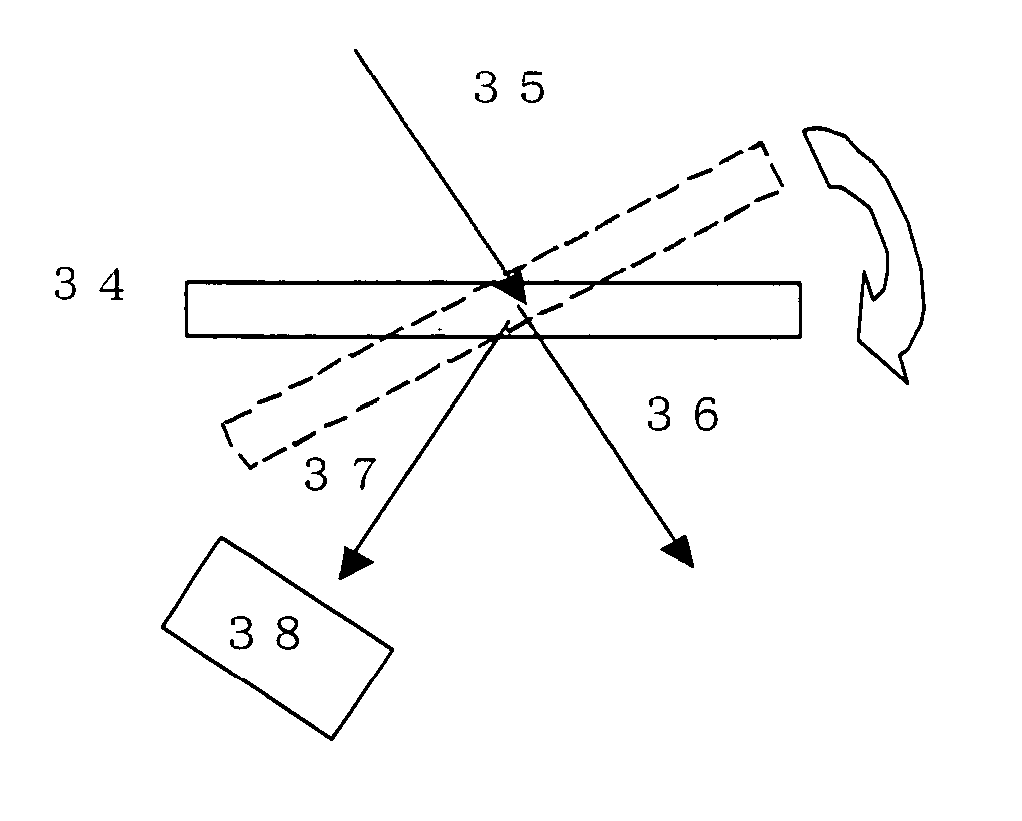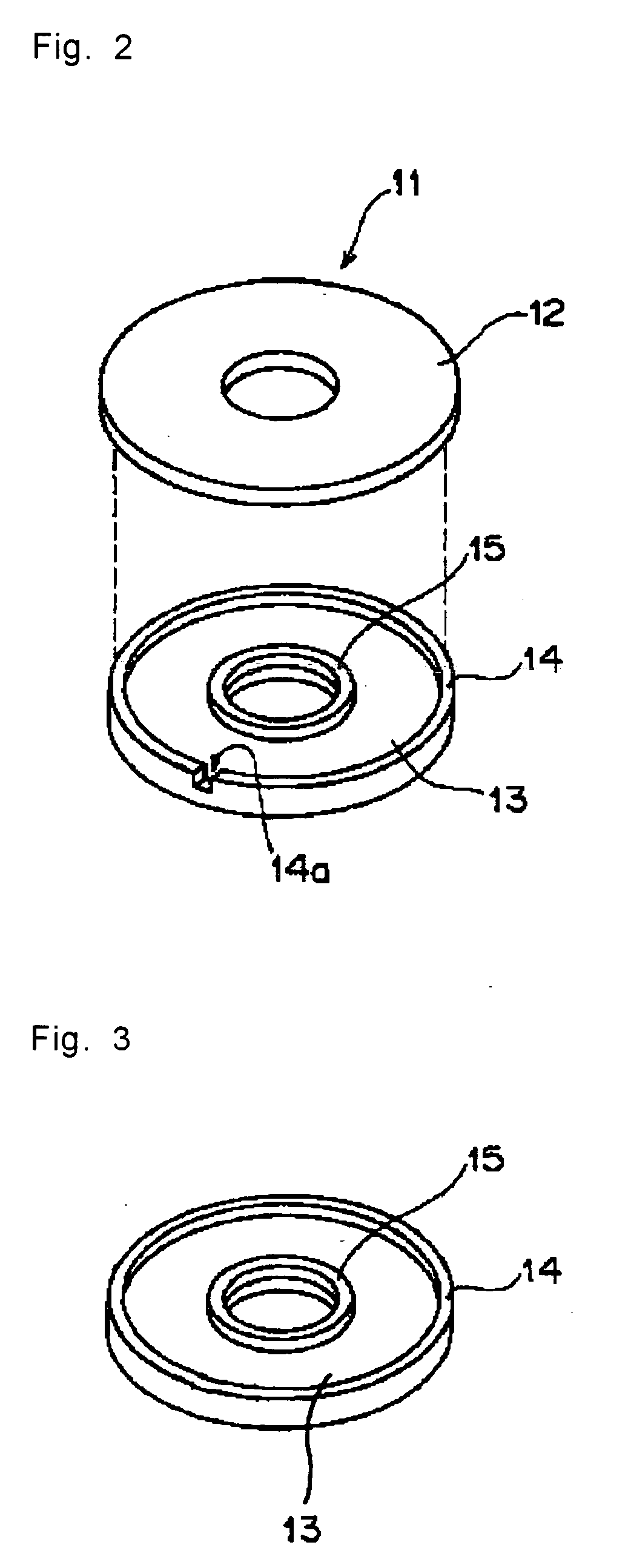Volume hologram recording photosensitive composition and its use
a technology of photosensitive composition and volume hologram, which is applied in the field of volume hologram recording medium, can solve the problems of difficult control of reaction, undesirable non-uniformity portions in the recording layer, and severe requirements for thickness uniformity of the recording layer in comparison to the conventional planar optical recording medium, etc., and achieve excellent interference fringe recording, excellent storage stability, and light weight
- Summary
- Abstract
- Description
- Claims
- Application Information
AI Technical Summary
Benefits of technology
Problems solved by technology
Method used
Image
Examples
production example 1
[0190] Production of Active Methylene Group-Containing Compound (M-1)
[0191] A reaction vessel was charged with 138 parts of methyl acetoacetate and 34 parts of dipentaerythritol and heated to 145° C. over one hour with introducing nitrogen gas. Methanol was removed in a decanter with stirring at 145° C. for one hour and then at 155° C. for 2 hours, until it was found that almost theoretical amount of methanol was removed. Thereafter, unreacted methyl acetoacetate was distilled out at 155° C. at a reduced pressure, to obtain an objective compound. The compound was determined to have at least 5.5 functional groups of active methylene group in one molecule (theoretical 6 groups).
production example 2
[0192] Production of Active Methylene Group-Containing Compound (M-2)
[0193] A reaction vessel was charged with 102 parts of methyl acetoacetate and 35 parts of tris(2-hydroxyethyl)isocyanulate and heated to 145° C. over one hour with introducing nitrogen gas. Methanol was removed in a decanter with stirring at 145° C. for one hour and then at 155° C. for 2 hours, until it was found that almost theoretical amount of methanol was removed. Thereafter, unreacted methyl acetoacetate was distilled out at 155° C. at a reduced pressure, to obtain an objective compound. The compound was determined to have at least 2.9 functional groups of active methylene group in one molecule (theoretical 3 groups).
production example 3
[0194] Production of Active Methylene Group-Containing Compound (M-3)
[0195] A reaction vessel was charged with 135 parts of methyl acetoacetate and 35 parts of trimethylol propane and heated to 145° C. over one hour with introducing nitrogen gas. Methanol was removed in a decanter with stirring at 145° C. for one hour, until it was found that almost theoretical amount of methanol was removed. Thereafter, unreacted methyl acetoacetate was distilled out at 155° C. at a reduced pressure, to obtain an objective compound. The compound was determined to have at least 3.7 functional groups of active methylene group in one molecule (theoretical 4 groups).
PUM
| Property | Measurement | Unit |
|---|---|---|
| thick | aaaaa | aaaaa |
| thickness | aaaaa | aaaaa |
| thickness | aaaaa | aaaaa |
Abstract
Description
Claims
Application Information
 Login to View More
Login to View More - R&D
- Intellectual Property
- Life Sciences
- Materials
- Tech Scout
- Unparalleled Data Quality
- Higher Quality Content
- 60% Fewer Hallucinations
Browse by: Latest US Patents, China's latest patents, Technical Efficacy Thesaurus, Application Domain, Technology Topic, Popular Technical Reports.
© 2025 PatSnap. All rights reserved.Legal|Privacy policy|Modern Slavery Act Transparency Statement|Sitemap|About US| Contact US: help@patsnap.com



